7 NASA Photos That Show The Stunning Nebulae Of Space
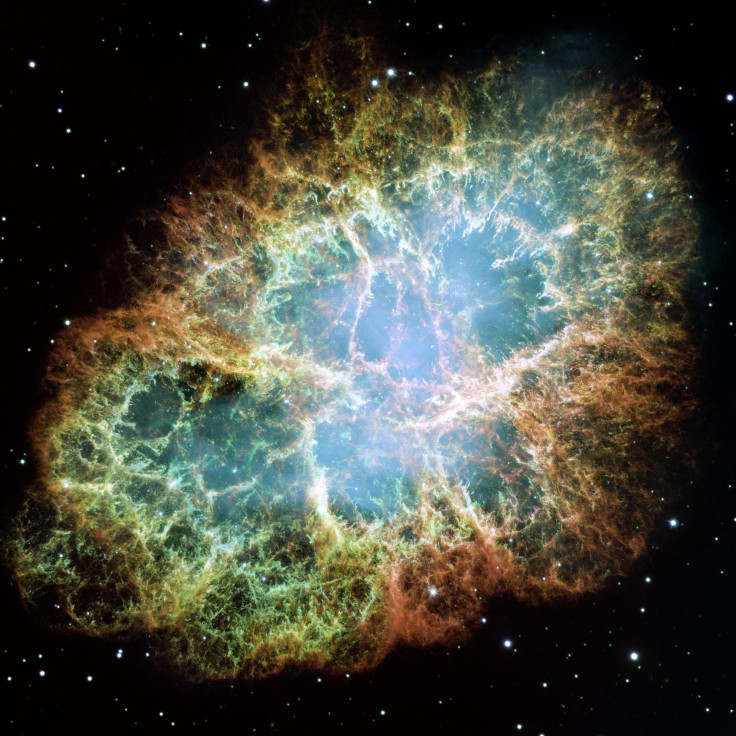
Outer space is full of stunning views that the naked eye would never be able to process. Much of what goes on in space happens outside of the visible light spectrum so to our eyes, it wouldn’t look like much. But luckily NASA has developed sophisticated instruments to capture everything that the human eye can’t.
Of all the incredible parts of space, planets, black holes and asteroids to name a few, nebulae remain one of the most breathtaking occurrences at the center of a number of images NASA releases. Photos of nebulae are the photos of incredibly bright colors pluming out from a sometimes empty-looking center.
Read: NASA Rocket Launch From Wallops Facility To Release Colorful Clouds Delayed For 7th Time
What is a nebula?
A nebula is a massive cloud in space made up of dust and gas that sits between stars. Many of them have to be captured by infrared cameras because they’re made up of light with wavelengths that regular cameras and telescopes cannot capture. The infrared cameras are also key to seeing the nebulas in such vivid colors. Some can be seen from Earth with a telescope but only look like white and gray clouds surrounded by darkness.
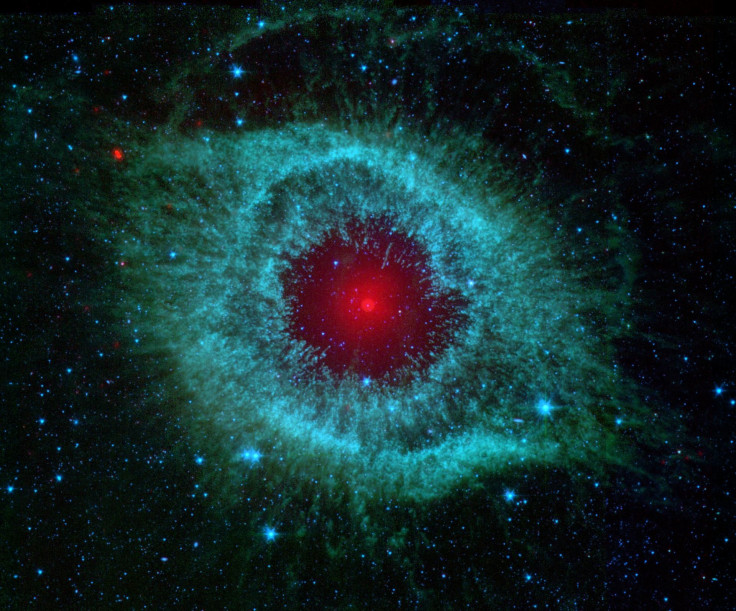
How does a nebula form?
A nebula forms when there is collapse in space. The matter all pulls together to create dense clumps of matter. They can cover massive area in space and sometimes stars can form in them when the matter becomes dense enough. Once that star forms it gives off light, illuminating the nebula making it visible.
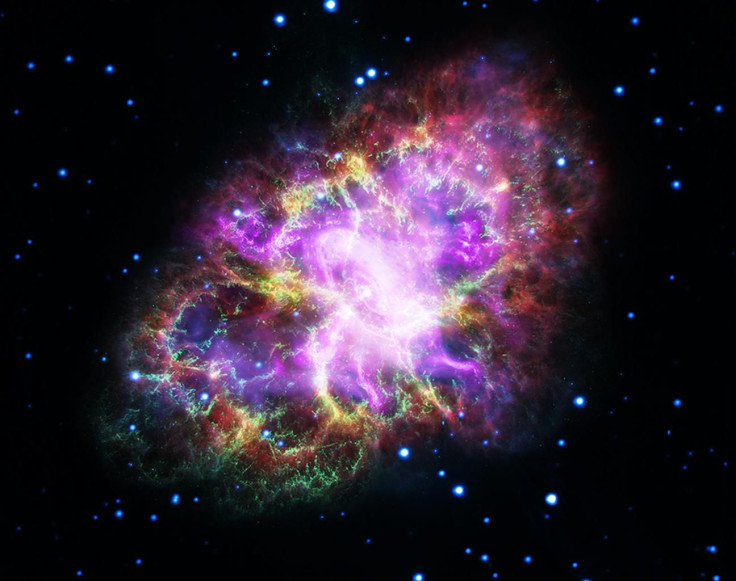
Read: Sustainable Space: Future NASA Space Station May Be Built From Recycled Rockets
With NASA’s technology and capability of looking into deep space, we have some pretty gorgeous shots of nebulas.
In this nebula, the Sword of Orion, only the blue parts are visible. That’s because the blue parts are the warmest part of the nebula, while the red is the cooler, non-visible part. It sits about 1,5000 light years away from the constellation of Orion that is visible some nights in the sky.
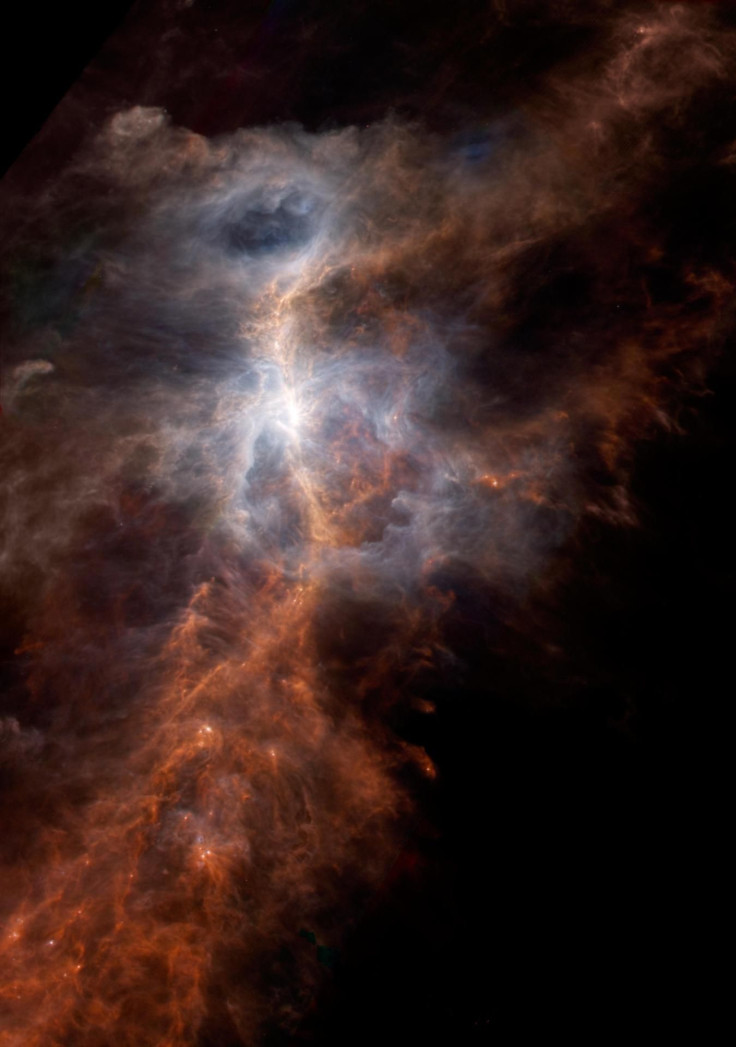
This image of the Horsehead Nebula was captured by the Hubble Space Telescope, it’s illuminated by the Sigma Orionis.

The Crab Nebula is a highly studied on by NASA. This particular photo was compiled from 24 individual photos all combined to make the one full image of the nebula.
This is an ultraviolet image of the Cygnus Loop Nebula that is situated about 1,500 miles away from Earth. The brighter sections and wisps represent the hotter parts of the nebula.
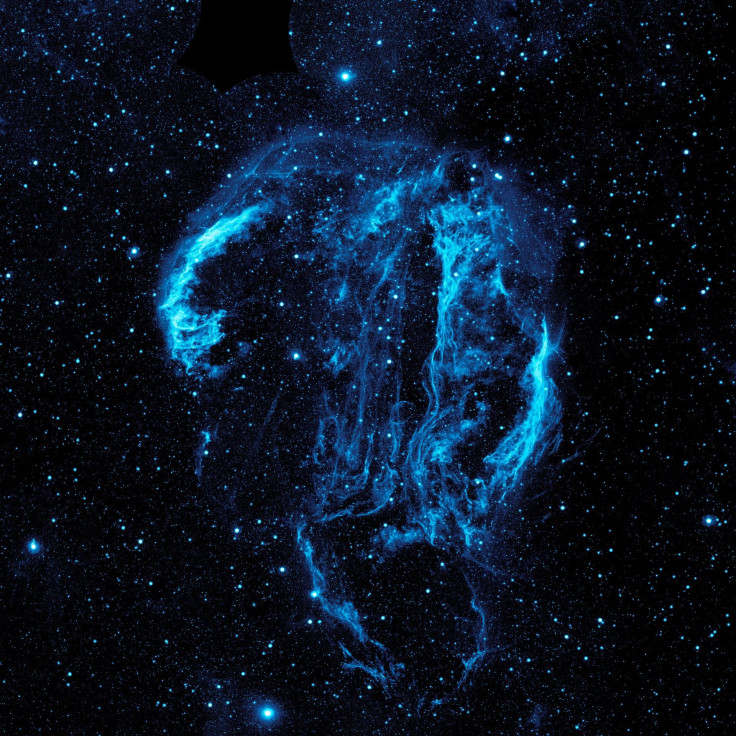
The center of this nebula is a binary system instead of a star which causes the twin jets on either side. It gets larger and larger over time, this one is thought to have formed 1,200 years ago to reach this size.
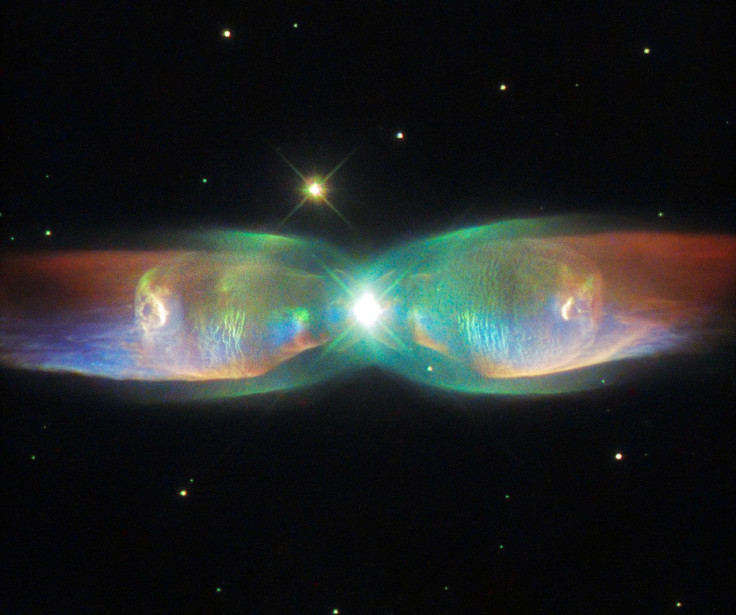
© Copyright IBTimes 2024. All rights reserved.





















